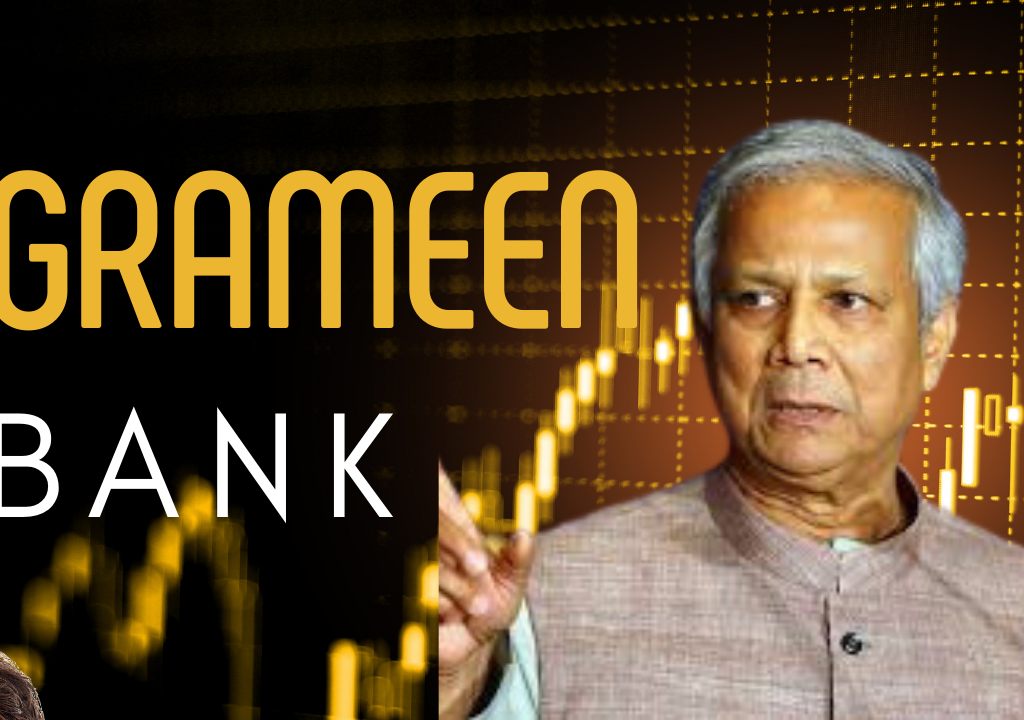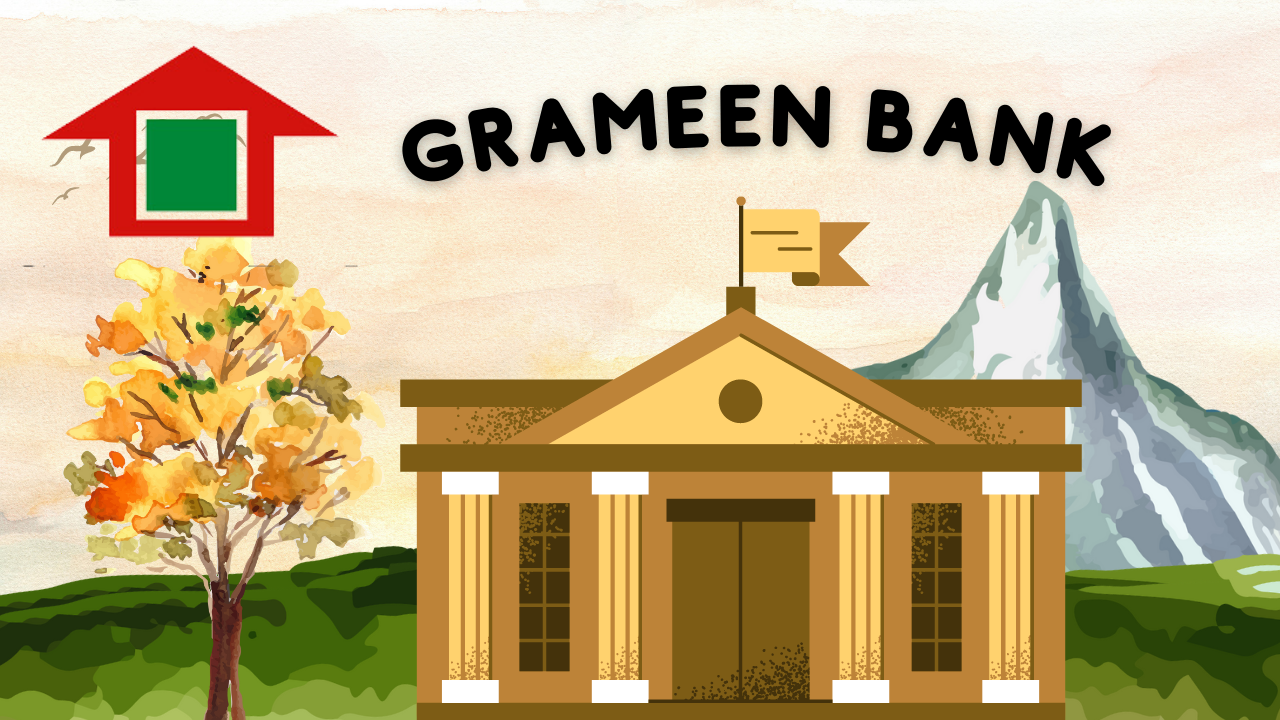Table of Contents
Introduction
The Grameen Bank, a pioneering microfinance institution, has become a beacon of hope in the fight against poverty and a catalyst for socioeconomic development. This case study delves into the remarkable journey of the Grameen Bank, its profound impact on poverty alleviation, and its sustainable lending model that has inspired similar initiatives worldwide.
Background and Context
The Grameen Bank emerged in the context of a developing nation struggling with social and economic challenges. In the 1970s, Bangladesh faced widespread poverty, limited access to financial services, and a lack of opportunities for the marginalized sections of society. It was against this backdrop that the visionary economist Muhammad Yunus conceived the idea of a bank that would cater to the needs of the poor.

History and Development
Founded in 1983, the Grameen Bank embarked on a transformative journey to provide financial services to the unbanked. Its early days were marked by persistent challenges and skepticism from traditional banking institutions. However, Grameen Bank persevered, adapting its strategies and methodologies to suit the unique needs of its clientele.
The bank achieved several milestones along the way, including expanding its reach to remote rural areas, introducing innovative lending methodologies, and leveraging technology to streamline operations. Despite facing initial skepticism, the Grameen Bank’s success story began to resonate both domestically and internationally.
Microcredit and Social Impact
At the heart of the Grameen Bank’s success lies the concept of microcredit, a financial innovation that empowers individuals living in poverty by providing them with small loans to start or expand businesses. The bank’s lending model focused on trust, solidarity, and social collateral, enabling even the most vulnerable individuals, particularly women, to access financial resources and break the cycle of poverty.
Through its microcredit program, the Grameen Bank fostered entrepreneurship, women empowerment, and rural development. The loans provided not only alleviated poverty but also enabled borrowers to generate sustainable income, improve their living conditions, and gain a sense of dignity and self-reliance.
Financial Model and Sustainability
The financial model of the Grameen Bank stood on the principle of financial inclusion and social business. Unlike conventional banks, the Grameen Bank prioritized the welfare of its borrowers over profit maximization. It sourced funds from a diverse range of stakeholders, including deposits, government grants, international aid, and partnerships with other organizations.
The sustainability of Grameen Bank’s operations is reflected in its high loan repayment rates, which exceeded expectations. The bank’s borrowers, driven by a sense of accountability and motivated by the prospect of future loans, demonstrated remarkable diligence in repaying their debts. This success contributed to the bank’s financial stability and its ability to expand its reach to underserved communities.

Replication and Expansion
The Grameen Bank’s model has transcended national borders, inspiring the replication of similar microfinance initiatives in various countries and regions. These efforts, though met with their own set of challenges, have furthered the cause of poverty reduction on a global scale.
Lessons learned from the Grameen Bank’s experiences in replication efforts highlight the importance of understanding local contexts, building trust within communities, and adapting the lending model to suit specific socioeconomic environments. The impact of the Grameen Bank’s international expansion has been instrumental in empowering individuals, promoting sustainable development, and fostering economic growth.
Criticisms and Controversies
While the Grameen Bank’s achievements have been widely celebrated, it has not been immune to criticism and controversy. Some critics have raised concerns about high interest rates, client exploitation, and the potential for borrowers to fall into debt traps. These issues have prompted a critical examination of the bank’s practices and necessitated measures to address these concerns.
The Grameen Bank, cognizant of these criticisms, has undertaken initiatives to mitigate risks and enhance transparency. It has implemented measures to ensure responsible lending, improve financial literacy, and expand its range of services to cater to the evolving needs of its clientele.

Future Prospects and Lessons Learned
Looking to the future, the Grameen Bank continues to evolve in response to changing financial landscapes and emerging technologies. As digital platforms revolutionize the financial industry, the Grameen Bank explores opportunities to leverage technology to enhance its reach, improve efficiency, and offer a broader range of financial services.
The Grameen Bank’s success story holds invaluable lessons for microfinance and poverty alleviation initiatives globally. It underscores the significance of combining financial inclusion with social impact, fostering women’s empowerment, and promoting sustainable development.
Conclusion
In conclusion, the Grameen Bank’s case study showcases the transformative power of microfinance in combating poverty and empowering communities. Through its innovative lending model, the bank has created a sustainable framework that prioritizes the welfare of the poor and provides them with opportunities for economic growth and self-reliance.
The Grameen Bank’s impact extends far beyond the borders of Bangladesh, inspiring similar initiatives worldwide. Its success serves as a testament to the effectiveness of microcredit in addressing poverty and fostering inclusive development. The Grameen Bank’s model remains relevant and offers invaluable insights for future poverty alleviation efforts, reaffirming the belief that financial access, coupled with social empowerment, can truly change lives.

